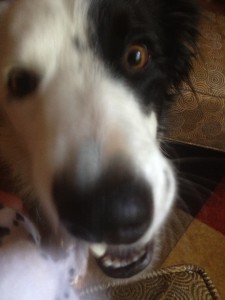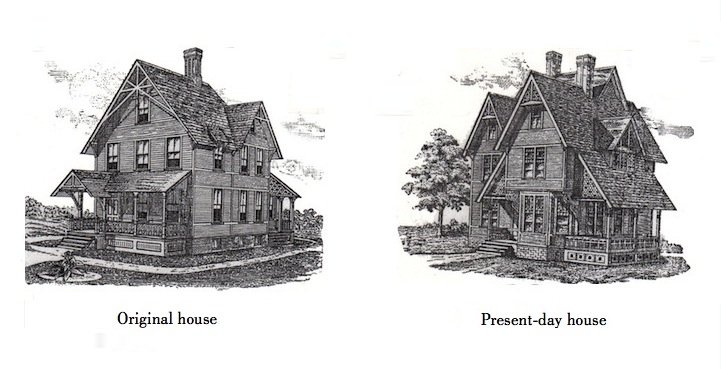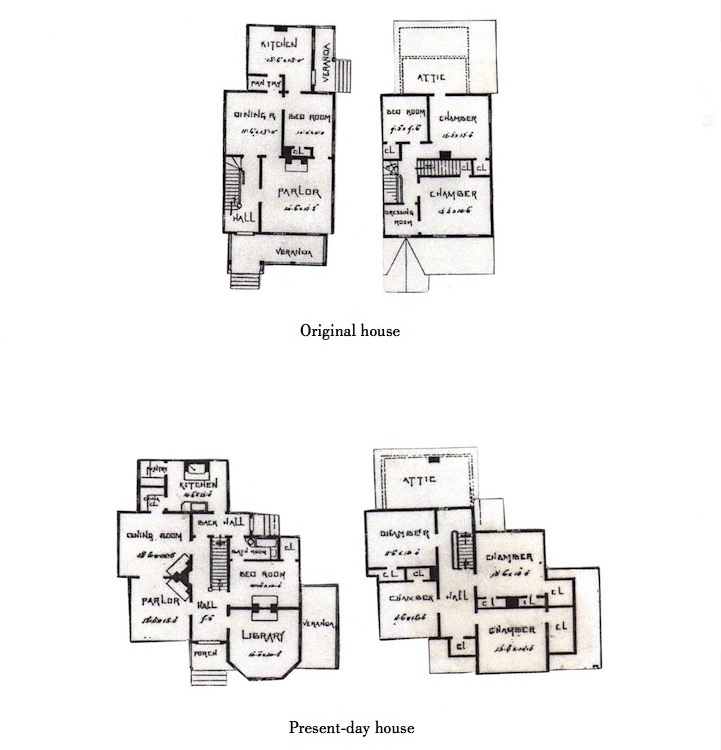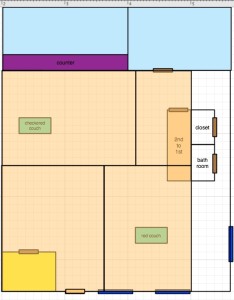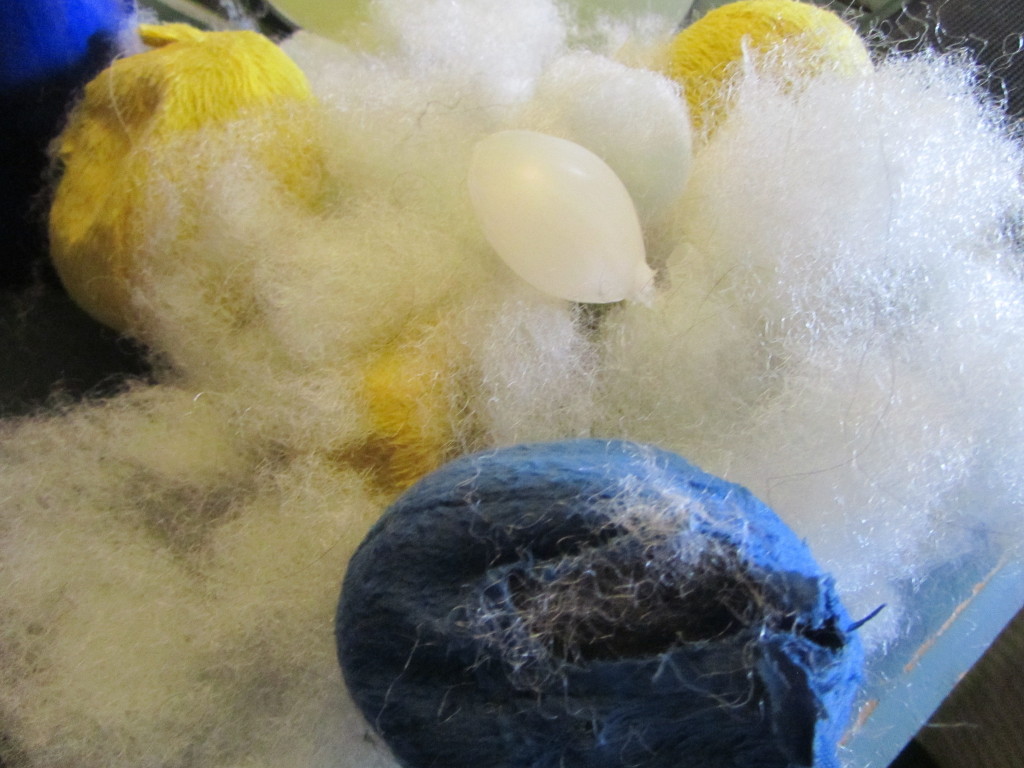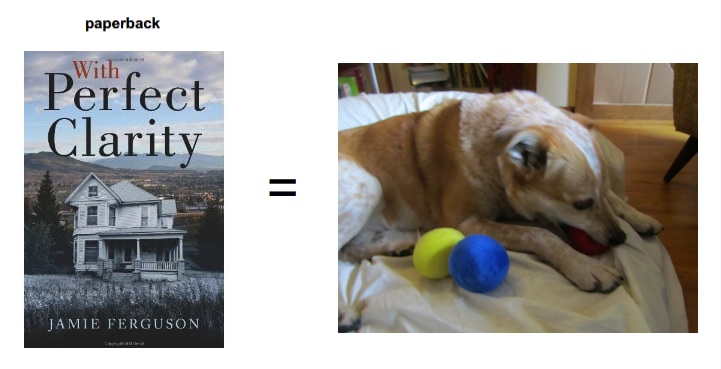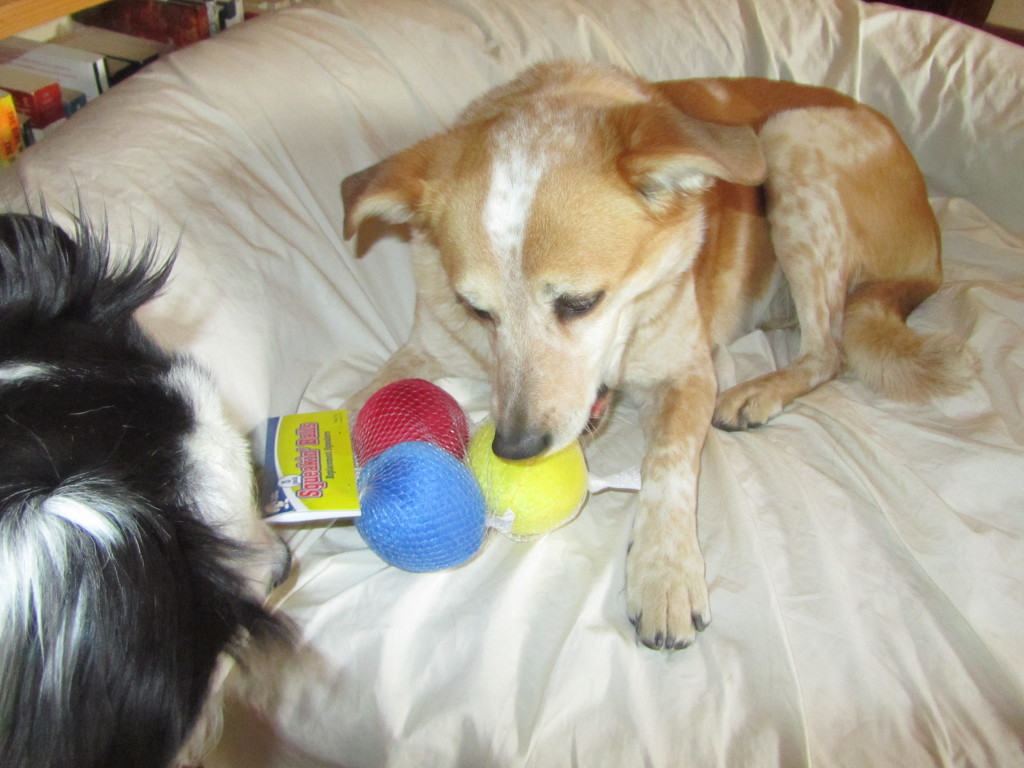An imaginary town
I’ve been working hard on my second novel, and it’s been a real challenge. First, writing is work. Sure, sometimes you sit down and the story pours out of you…but sometimes it doesn’t.
When I took Dean Wesley Smith’s Character Voice and Setting workshop last year, I learned that I can write no matter what. I can write when I’m sleepy, or hungry, or angry. I can write when my head hurts. I can write when it’s noisy. I can write when I have hours to spend, and I can write when I only have a few minutes. By the time class was over I could write at the drop of a hat. Then I came back home and re-entered the real world, with my real job, real dogs to entertain, etc. After a few days it was no longer easy to slip into writing mode so quickly…but I’d learned that my old excuses were truly just excuses. Now I’m able to tell myself to sit down and write, and I have a discipline I never had before.
This is all great, but my current book is hard!!!
It’s really not hard – it’s just different. My first novel, With Perfect Clarity, was first person, present tense, and all from the same character’s viewpoint. The second novel, which I will continue to refer to as book #2 since I’ve as yet failed to come up with a decent title, is different. It’s third person, past tense, and there are four viewpoint characters – two are main characters, and two are secondary characters. I’m perfectly capable of writing like this, but it’s different – and, because it’s a novel, it feels big, and therefore scary.
I can at least point out to myself that I’ve already written one novel, so I know I can do this. And that helps, but the biggest help is the lesson I learned in Dean’s class – that I can write even when I think I can’t.
The other thing that has helped is that I recently decided to move my novel to a made-up place. This story was originally a short story that I wrote for a homework assignment in the Character Voice and Setting workshop. I set it on the Oregon coast, probably because I was on the Oregon coast at the time. The location is perfect, but I kept running into two issues: 1) I don’t know that area very well, since I’ve only been there twice for classes, and 2) the real towns aren’t laid out in a way that works well with my story. This was slowing me down a lot, and telling myself “you can fix this all later” was not working. A few days ago I was staring at my computer, trying to figure out how to make something happen since the real town I was trying to work with didn’t have what I needed, then finally I thought: I need an imaginary town!!!
So now I have one.
It doesn’t have a name yet, but then neither does book #2. And that’s just fine for now. I’m about 2/3 of the way through the first draft, and I’m very happy with my made-up town.
There is, of course, one thing – or, more correctly, two things – that get in the way of my writing, but I’m just fine with that. Here’s one of them “helping” me write earlier today. I’m lucky to have such wonderful helpers!

